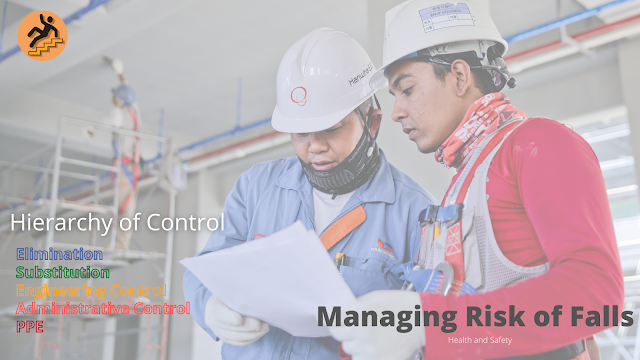Safety of Pressure Vessels and Pressure System

Pressure Vessels A pressure vessel consists mainly of a series of sheets of metal suitably shaped and welded together. They are designed to contain stored energy above atmospheric pressure. Pressure vessels, typically steam boilers and air receivers, are inherently potentially dangerous items of plant and there is a long and tragic history of accidents associated with them. -Typically injuries relate from: The impact from the blast of an explosion or release of compressed liquid or gas. Impact form parts of equipment that fail or any flying debris. Contact with the released liquid or gas, such as steam, and fire resulting from the escape of flammable liquids or gases; and Oxygen depletion or enrichment. -The typical causes of pressure system failure are: Poor equipment and or system design. Poor maintenance of equipment. An unsafe system of work. Operator error, poor training, and supervision. Poor installation: and Inadequate repairs or modification. ...

